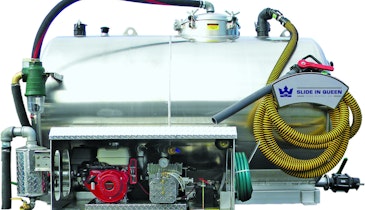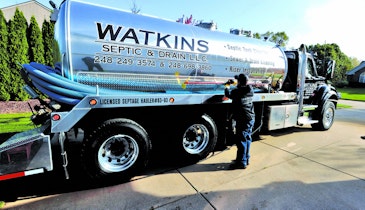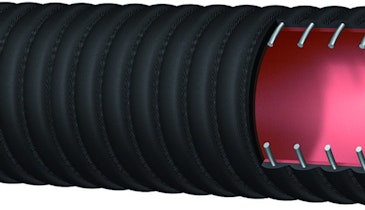The Panhandle District Board of Health approved stricter onsite rules for northern Idaho. The code currently requires systems to handle 150 gpd for one-bedroom homes and 50 gallons for each additional bedroom. Under the proposal, drainfields must handle 400 gpd for three-bedroom homes.
A study by district staff of 7,000 homes found that half had undersized onsite systems. Public health experts state that Idaho’s septic codes are among the weakest in the nation and must be revised because developers are turning their attention to steep slopes and places where thin soils are unable to handle wastewater. After a public hearing, the health board must decide whether to submit the changes for legislative approval or wait another year in hopes of reaching additional consensus.
Washington
Effective Jan. 1, state rules require septic tank and gravity drainfield systems to be inspected every three years, and all other onsite systems every year. Homeowners with gravity-flow or pressurized systems may conduct their own inspections when certified through the free Homeowner Septic Training program. Alternative treatment systems must be inspected by a licensed maintenance service provider. The regulations, phased in over 18 months, also include filing homeowner inspections with the County Public Health Department and a licensed inspection when properties are sold.
In another matter, Cowlitz County citizens objected to paying fees that would be imposed under a new septic system ordinance. The law would require onsite owners to have private contractors inspect their systems every three years, and in some cases annually. About 40 percent of the residents own onsite systems, some 10,000 septic tanks. Inspections would cost about $125. Compliance would be voluntary.
Pennsylvania
An article in the Sept. 2008 PA Township News reports that the state Department of Environ-mental Protection decided not to release simultaneously a comprehensive package of six documents that will update onsite regulations. Such an action was impossible due to DEP staff and budget limitations, and the shortage of pump-out operators and disposal facilities. The agency likely will focus on one draft document addressing site suitability and alternative analysis for new onsite systems. It includes a phased-in requirement for implementing sewage management programs based on housing density, and would allow townships to contract out their sewage management programs.
Virginia
The Loudoun County Board of Supervisors voted for a five-year ban on alternative onsite systems and to impose mandatory maintenance and inspection of existing systems. The action resulted when cities said that the technologies are prone to failure, especially if owners are unaware of their operational limitations and maintenance needs. Of the 14,000 onsite systems in the county, approximately 1,200 have advanced treatment technologies. Eighteen failed shortly after installation. Fauquier County, however, is allowing alternative systems in environmentally sensitive areas.





